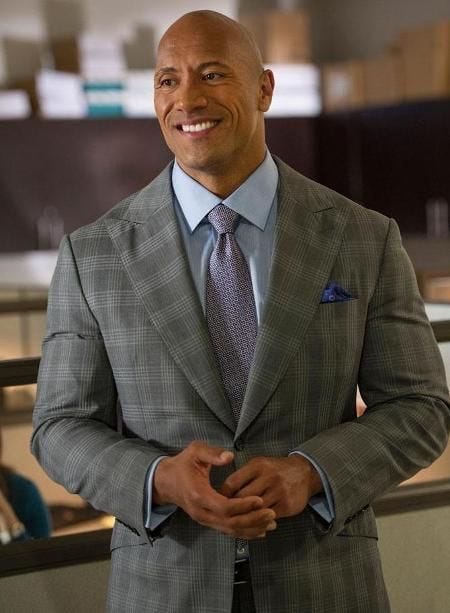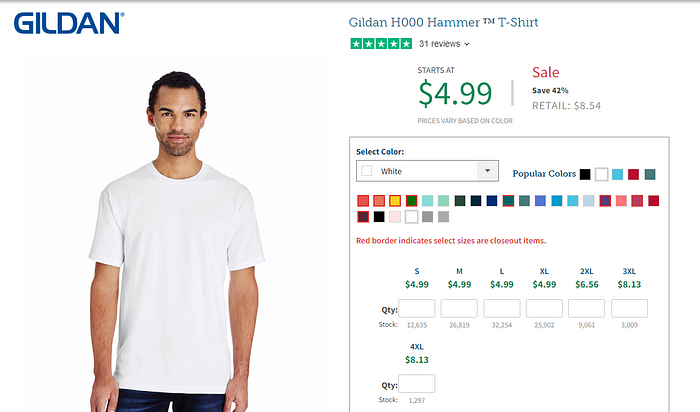“Luxury is a necessity, where necessity ends.”
Coco Chanel’s words are more relevant today than ever. In a world where teens are buying tees for $200 that cost less than $10 to produce and sneakerheads are buying shoes that retail at $250 for upwards of $1000, we have to ask where luxury begins and necessity ends. How do we identify luxury?
First, let’s break down where necessity ends. Why do we need certain garments? Jackets to keep us warm; shoes to protect our feet; pants to cover what we need to cover. The bar and price of necessity are relatively low. We can all walk over to our nearest Walmart and build an entire outfit for under $100.
We understand that bare-bones necessity has a pretty low bar, but then we have to factor in quality. How long are these essential items going to last? Are they going to offer me the warmth they are meant to? If the answer to these questions is no, we as consumers will pay a premium to buy what we deem to be of better quality. We see that with Fear of God’s Essentials line, which touts higher quality fabrics than your average Walmart tee, but for almost double or triple the price. One could argue that Essentials is luxury, but let’s say that the price justifies the cost of the garment plus the retailer’s margin. As consumers, we feel comfortable buying this, assuming the lifetime use we’ll get out of it and the quality, but as consumers, how do we justify purchasing a Gildan Box Tee (wholesale price of $4.99), adorned with a printed red box with the words “Supreme” inside of it, for $230?
Why do we dress?
Supreme is one of many fashion houses to take low cost goods and be able to sell them at absurdly high markups on the back of luxury and brand. Louis Vuitton, known for their signature handbags that carry price tags that at minimum contain four digits, has built an entire conglomerate off the premium for luxury. What is that premium? Leatherworkers have gauged the cost of a $1700 Louis Vuitton handbag at almost $170, making the premium for this luxury good nearly 10x the cost of the good.
Most consumers understand that the cost of a good is not what they’re paying, but what makes us comfortable paying 10x the price of the good? One word: status.
As consumers, we obsess over these brands because the brands have built themselves under the premise of “this is exclusive, this is wealthy,” and as a society, we gauge someone’s social status to a large extent by their exterior display. We buy these $200 Supreme tees and $1700 handbags because everyone else around you knows that they are that price. Sure, we might love the design and be into the brand’s story, but there are plenty of similar tees and handbags. We buy these things because they are a way for one to signal to society, “Hey, I have money”.
Custom is Luxury
Look at every red carpet; yes, everyone’s wearing a designer, but nine out of ten times it is a custom piece from said designer. When you reach a certain tier of wealth, you don’t buy a suit and tailor it; you get it custom-made or bespoke for your body and to your tastes.

Custom is the ultimate signal.
To get something custom, you are paying a premium, but usually it’s a premium that’s much less than brands are providing, and generally, you are handpicking the exact quality you are receiving. To create a custom piece that is truly 1 of 1, rather than buying a fabricated “limited release”, is a much better signal of wealth. When you custom make a design, you are able to pick the quality of your piece, the design specifics for you, and the fitting of the piece down to small details. So if we understand that luxury is where necessity ends, real luxury is custom.
In a world where everyone is walking around in fits everyone has seen in Zara or on Grail, when you’re asked “That’s a cool fit, where did you get it”, you can confidently reply, “It’s custom”. And that is the ultimate flex.







